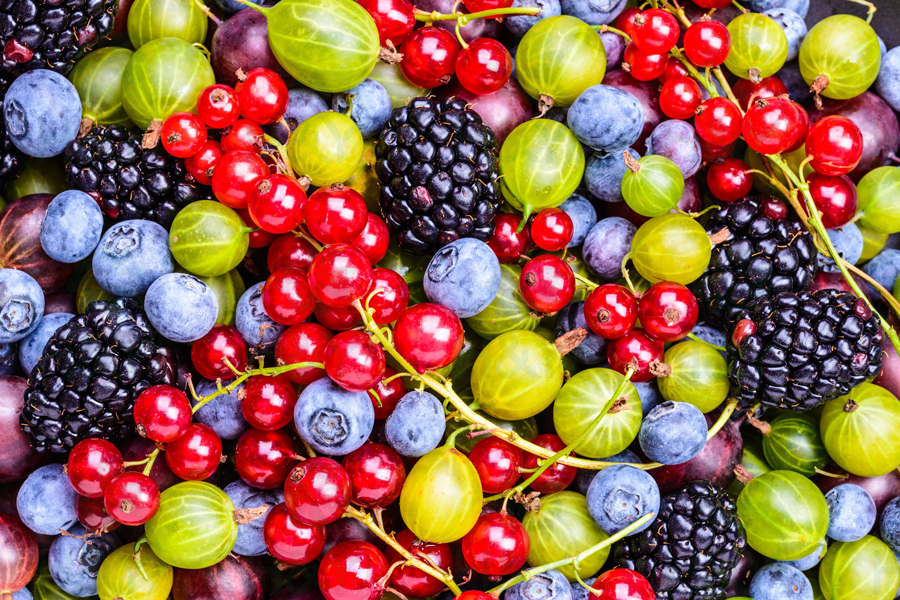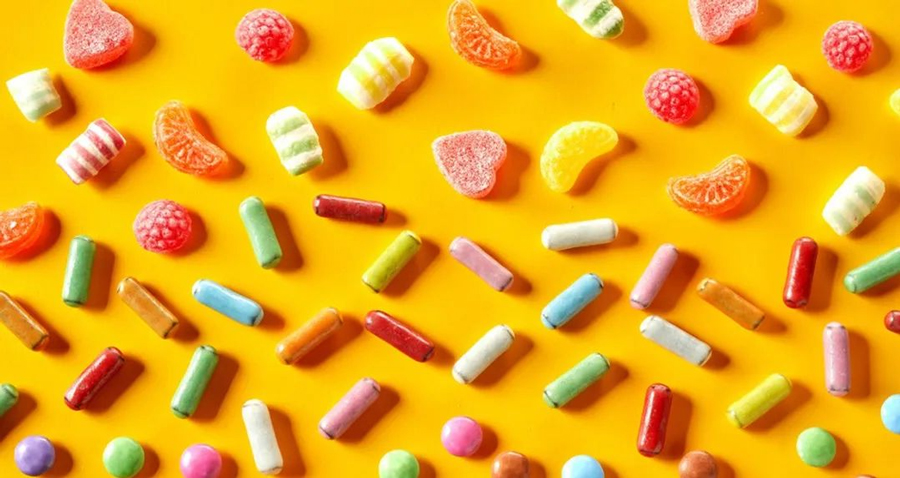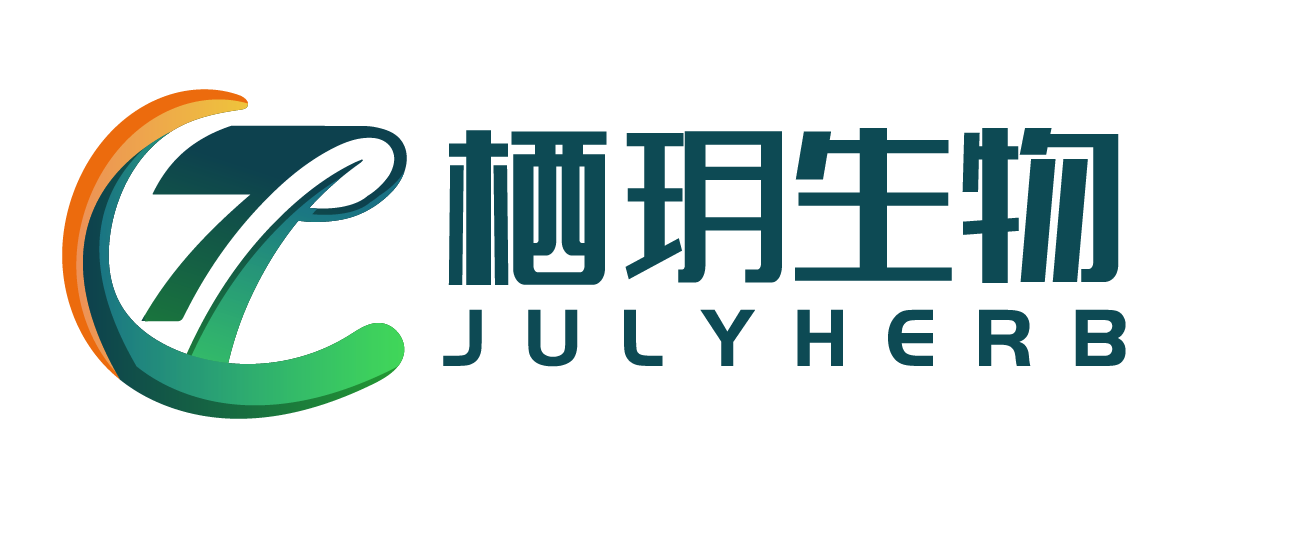Natural plant origin colors categories

Natural plant pigment refers to the pigment extracted from the flowers, leaves, fruits and seeds of natural plants and purified. Natural plant color is safe and non-toxic, often used to improve the color of food, there are more than 40 kinds of edible natural plant pigment allowed to use in food application. In addition, natural plant pigment itself has biological activity, which can be used for disease prevention and treatment. It is widely used in cosmetics, medicine and health care and other fields. At present, a number of clinical treatment products have been developed. With the improvement of health and environmental protection awareness, natural plant pigment with green and healthy pr operties has become a continuous hot spot in the development and application of big health industry.

Classification of natural plant pigments
1. Flavonoids
Flavonoid pigment is a water-soluble pigment with ketone carbonyl structure, and its derivatives are mostly yellow. They have the functions of scavenging oxygen free radicals, inhibiting lipid peroxidation and delaying senescence, and are widely used in food and medicine. For example, curcumin extracted from turmeric root is widely popular in the market because of its antioxidant, anti-inflammatory, bacteriostatic and anti-tumor functions.
2. Anthocyanidin
Anthocyanins can be converted from chlorophyll and are mainly found in petals and fruits in the form of anthocyanins. Such as eggplant, strawberry, dragon fruit and so on. The color of anthocyanin is related to pH, most red, purple fruits and vegetables contain anthocyanin. Anthocyanin is a hydroxyl, which can effectively remove free radicals and has pharmacological effects such as anti-inflammation, anti-oxidation, anti-aging, anti-tumor and cardiovascular protection. The content of anthocyanin in Lycium barbarum is the highest among all plants found at present. Purple sweet potato with high yield and rich in anthocyanin is an ideal material for anthocyanin extraction, and also Bilberry Extract, Grape Seed Extract, Chasteberry Extract, Blueberry Extract and Elderberry Extract.

3. Carotenoids
Carotenoids, a class of lipid-soluble terpenoid polymers, are formed by conjugated double bonds of isoprene and consist of more than 700 components, including β-carotene, Marigold Flower Extract Lutein and Zeaxanthin. It is the precursor substance form of vitamin A, which plays an important role in antioxidant, anti-tumor, immune enhancement and cardiovascular protection. At present, the annual output of natural carotenoids is nearly 100 million tons, and the product development and application are very wide.
4. Quinone pigments
Some quinone structures or biosynthetic quinone compounds are quinone pigments, a wide range. Such as Spirulina Extract phycocyanin with natural blue. Quinone pigments have good biological activities, such as anti-inflammatory, antiviral, anti-aging and anti-tumor.
5. Chlorophyll
It has porphyrin structure and mainly exists in chloroplasts of green parts of plants and algae. It plays A catalytic role in photosynthesis and is divided into chlorophyll A and B, which have anti-inflammatory and bacteriostatic effects, promoting blood generation and inhibiting tumor.
6. Red yeast pigments
Monascus pigment ( Red yeast) has good heat and light resistance, but also can resist pH change, oxidant, reducing agent and metal ions. It can be widely used in meat, aquatic products, food brewing, soy products and wine coloring, especially for protein food coloring performance, our application in these aspects has a long history.

